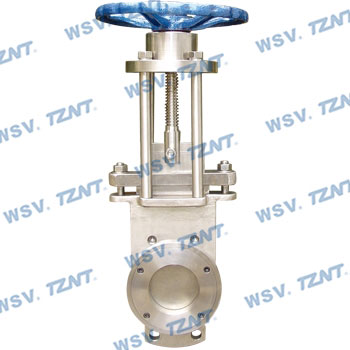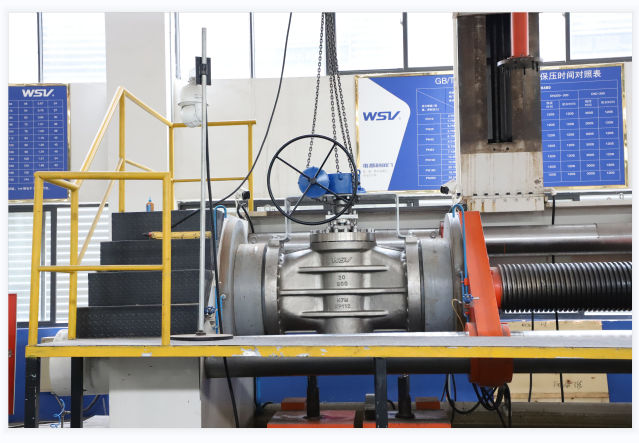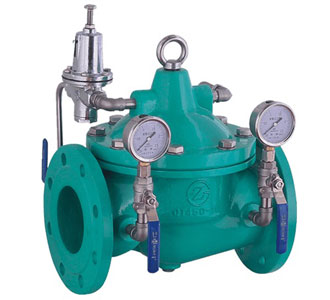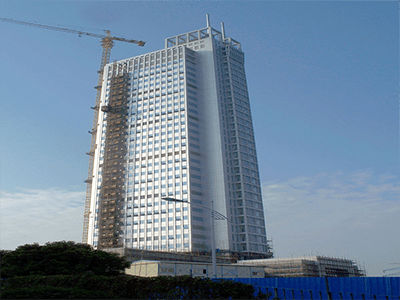How to Solve the Problem of Valve Leakage1 2 pressure relief valve
1 ball valve
ball valve and check valve
world’s largest gate valve
8 ball valve
Regulator is the main type of actuator, by receiving the control signal of the control unit output, with the help of dynamic operation to change the fluid flow. Control valves are generally composed of actuators and valves. If according to the power of the actuator, the control valve can be divided into pneumatic, electric, hydraulic three. Below Alloy valve manufacturer will talk about the control valve several common failures and solutions.
In the modern factory automation control system, the control valve, as the terminal actuator of the automatic regulation system, receives the control signal to realize the regulation of the chemical process. Its motion sensitivity is directly related to the quality of the regulating system. According to the field actual statistics about 70% of the fault from the control valve. Therefore in the daily maintenance summarizes and analyzes the influence control valve safe operation factor and its countermeasure.

The following several common leakage fault phenomenon analysis, put forward countermeasures.
Leaks in the valve:
Stem length discomfort. Air valve, stem too long stem up (or down) the distance is not enough, resulting in a gap between the spool and the seat, can not fully contact, resulting in lax closure and internal leakage. Similarly, the valve stem of the air closing valve is too short, resulting in a gap between the valve core and the valve seat, which cannot be fully contacted, resulting in loose closing and internal leakage.
Solutions:
Special alloy valve Supplier China shares that the control valve stem should be shortened (or extended) to fit the length of the control valve so that it no longer leaks.


